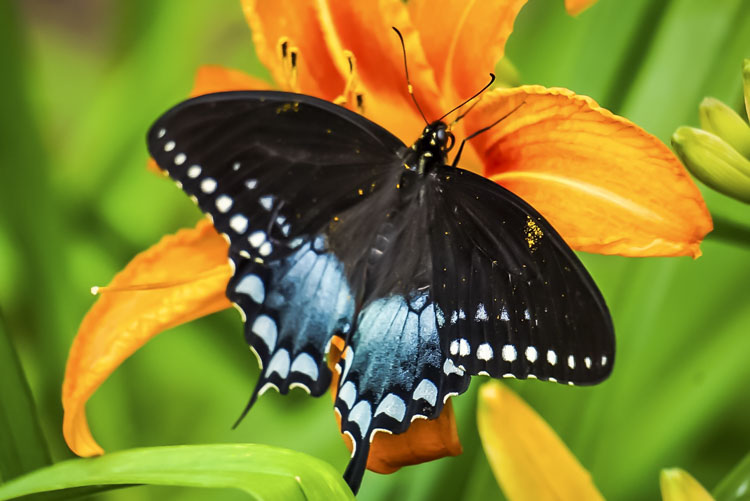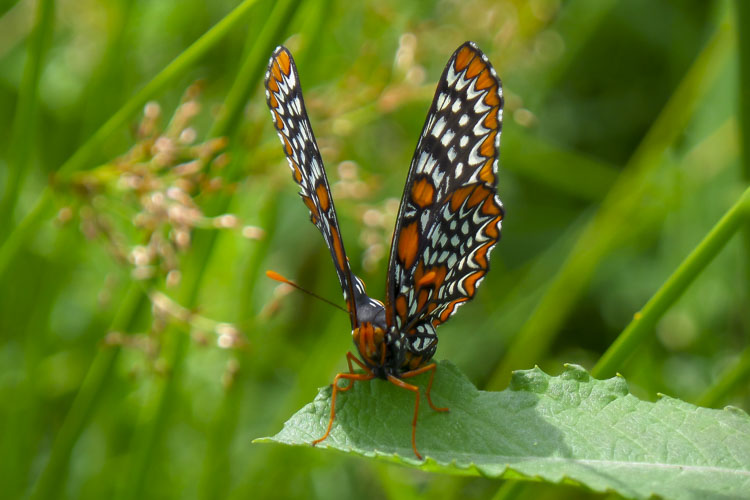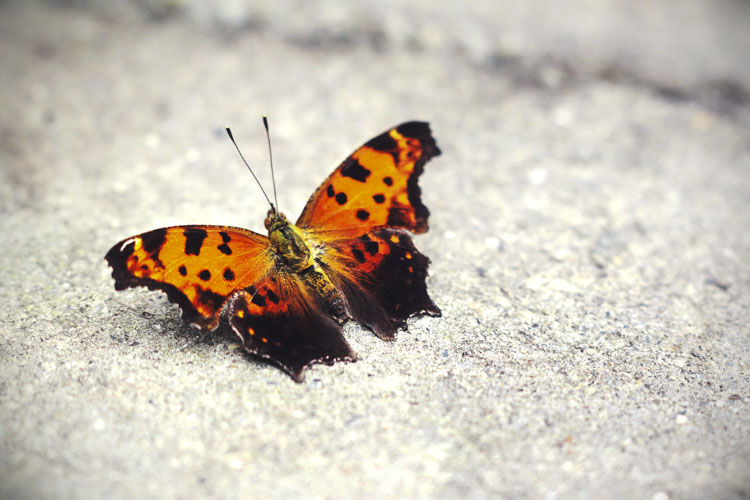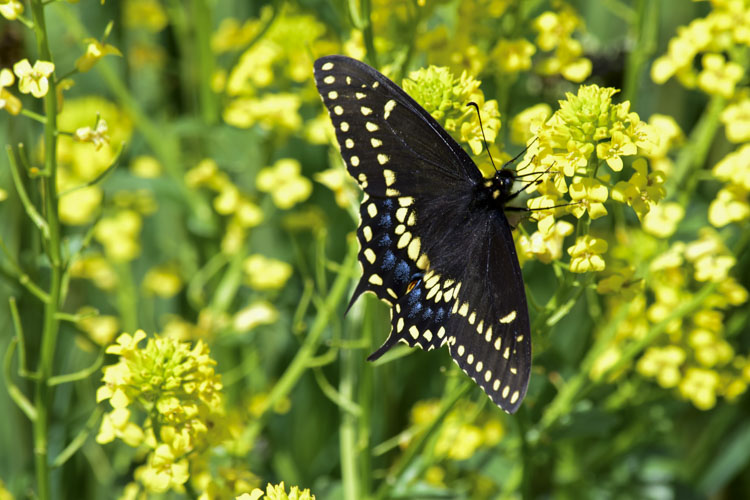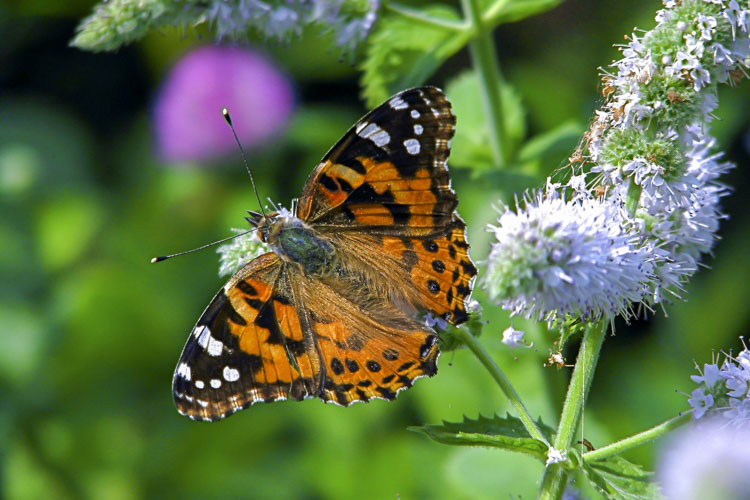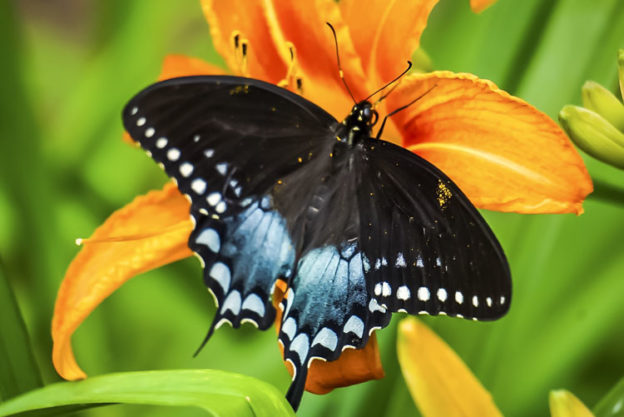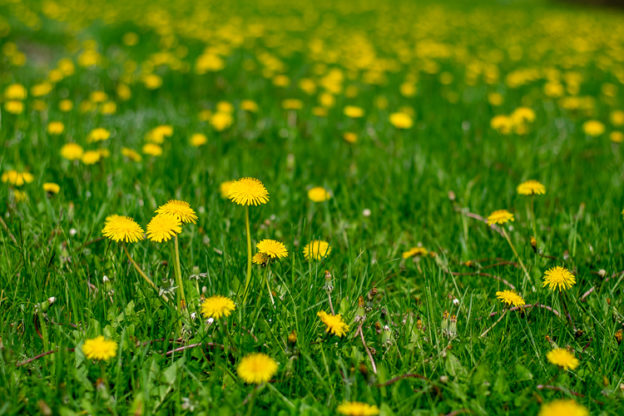What creature so embodies the bright, warm, joyous season of summer quite like the butterfly? Although we typically picture butterflies flitting about in colorful fields of wildflowers—and rightly so!—these fascinating insects live in a broad spectrum of habitats including forests, heathlands, bogs, swamps, even salt marshes—anywhere, in fact, where their caterpillar food plants and sources of nectars for adults are found.
June is National Pollinators Month! Habitat loss, pesticide use, and other factors threaten many of the butterfly species we love and cherish, along with many of our other native pollinators. Learn about creating a pollinator garden and other ways you can help pollinators, including butterflies, on our website.
To honor some of nature’s most colorful and celebrated pollinators, here is a collection of gorgeous butterfly photographs from our annual Picture This: Your Great Outdoors photo contest. The 2019 photo contest is now open, so submit your nature photos today!
